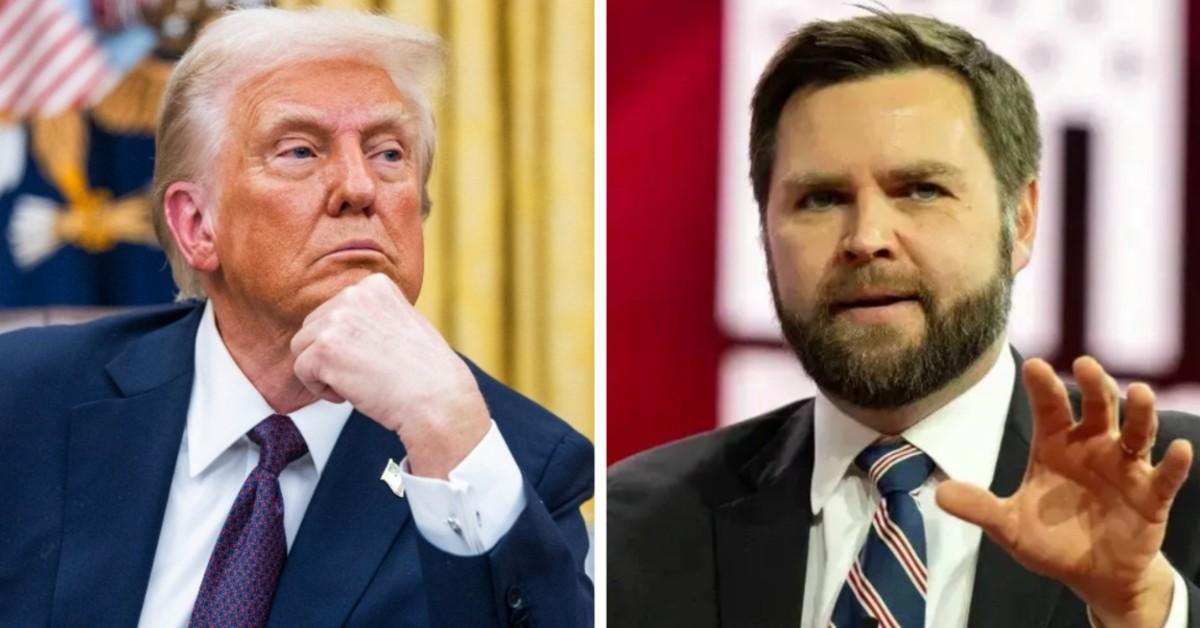His approval rating is solid, at 47% or so. But the frenetic start to Donald Trump’s second presidential term is giving voters and markets the willies. Here are three fresh signs that Trump is doing himself more harm than good.
Small business worries. The National Federation of Independent Business’s (NFIB) confidence index dropped by more than expected in January after a Trump-induced bounce the month before. “The honeymoon is over,” economist David Rosenberg of Rosenberg Research declared in a Feb. 11 analysis. “The NFIB small business confidence index finally succumbed to all the policy-induced chaos coming out [of] Washington.”
Trump has imposed tariffs on imports from China, plus most steel and aluminum imports, while threatening more tariffs as he goes country by country around the globe. Tariffs raise costs and prices, which producers try to pass on to end consumers. But Americans are suffering inflation fatigue and are unusually sensitive to price hikes. If firms can’t pass along price hikes, profitability suffers.
Those concerns showed up in a plunge in spending and expansion plans by small businesses, along with a diminished outlook for the economy. The outlook is still fairly upbeat; perhaps business owners expect Trump to slash regulations and cut taxes, offsetting some of the tariff pain. But that view could dim as the Trump tariffs begin to hit the economy and worries about declining profitability actually materialize.
Weakening voter approval. Trust in Trump’s handling of the economy is dropping, according to the latest polling from Morning Consult. In three weeks, Trump’s net approval on the economy overall has dropped from 16 percentage points to 5. On trade, it has dropped from 13 to 4. And on taxes, it has also dropped from 13 to 4. The good news for Trump is more Americans still approve than disapprove of his economic plans. But that’s a rapid erosion in a short period of time.
The message from voters was clear in the 2024 elections: Their top priority was getting prices down. But Trump’s flurry of executive orders during his first month in office have barely addressed the price of food, rent, and healthcare, which voters worry about most. Instead, avian flu has sent egg prices soaring and led to shortages in stores, which could get worse before it gets better.
Tariffs, meanwhile, are more likely to raise prices than anything else. New steel and aluminum tariffs will raise the costs of cans that contain green beans and soda. Tariffs on Mexico could hit half the produce aisle. Trump, so far, seems unconcerned.












